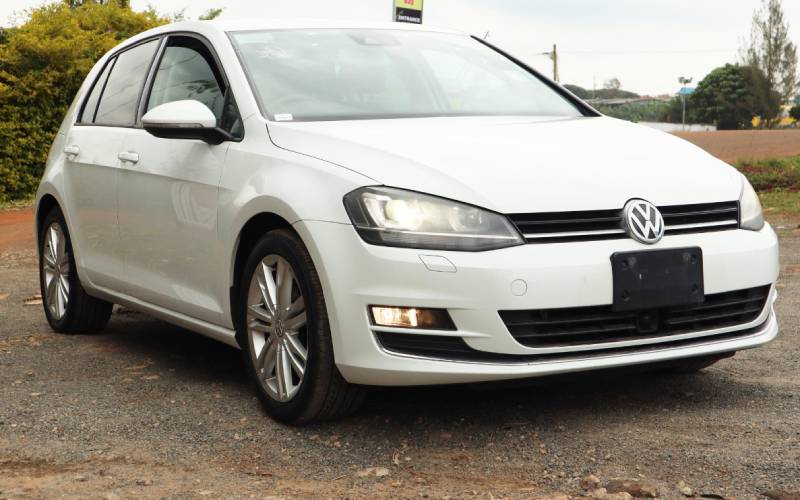×
The Standard e-Paper
Smart Minds Choose Us

The Volkswagen Golf is one of the success stories from Wolfsburg City in Germany.
Punchy, classy and dependable are all adjectives that describe the compact vehicle from Lower Saxony state in northwestern Germany.